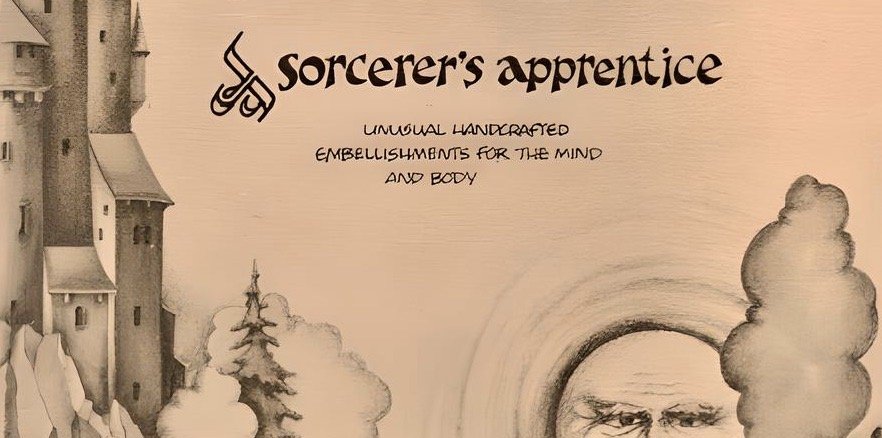
Many of humanity’s earliest symbols were spirals, often found in ancient petroglyphs and artifacts. They likely represented concepts such as growth, the cycle of life, or cosmic energy.
A History of Symbolic Jewelry
Symbolic jewelry has adorned humanity for millennia, serving as more than mere decoration—it has been a tool of communication, identity, protection, and power.
From prehistoric times, humans have imbued jewelry with meaning, crafting pieces from bones, shells, and stones to mark status, ward off danger, or connect with the divine.
Ancient Egypt
In ancient Egypt, symbolic jewelry flourished. Scarab amulets represented rebirth, while the ankh symbolized eternal life. The pharaohs wore intricate collars and headdresses, not just for their beauty but as signs of their divine authority.
Similarly, Mesopotamians and Assyrians crafted jewelry depicting protective deities, blending artistry with spiritual intent.
Ancient Greece and Rome
The ancient Greeks and Romans wore jewelry as a language of love, wealth, and protection. Laurel wreaths celebrated victories, while signet rings carried personal seals.
Gemstones were thought to hold mystical properties—amethysts for clarity, emeralds for fertility—and these beliefs laid the foundation for the symbolism of birthstones and other modern traditions.
Medieval Europe
In medieval Europe, symbolic jewelry often carried religious significance. Cross pendants, rosaries, and saint medallions expressed faith and offered spiritual protection.
The Renaissance brought a fusion of art and symbolism, with jewelry incorporating allegorical motifs, celestial imagery, and inscriptions of love or wisdom.
Across cultures, jewelry has remained a bridge between the earthly and the mystical.
The New Age movement originated around the same time as the hippie counterculture movement of the late 1960s and 1970s. The Beatles were an important part of popularizing Eastern mysticism in America and many sought different spiritual paths, including esoteric metaphysics, the occult, and self-actualization regimens.
New Age symbolic jewelry, which began to be popular in the 1970s borrowed from the diverse beliefs and practices of these other spiritual traditions and systems. There was an effort to embrace harmony and social change. Jewelry with symbols, along with crystals and other metaphysical motifs began to spread throughout the marketplace.
In the modern era, symbolic jewelry continues to thrive. From charm bracelets that tell a personal story to minimalist pendants bearing mantras or zodiac signs, the desire to wear meaning close to the heart remains universal.
Whether ancient or contemporary, symbolic jewelry is a testament to humanity’s enduring need to find connection, express identity, and seek the unseen magic in the world around us.
Our original company, Sorcerer’s Apprentice began creating symbolic jewelry in 1968, and we are pleased to have been instrumental in helping to kick start one of the most historic phases of self-expression in the counter-cultural movement - one that represented seismic changes in society.




